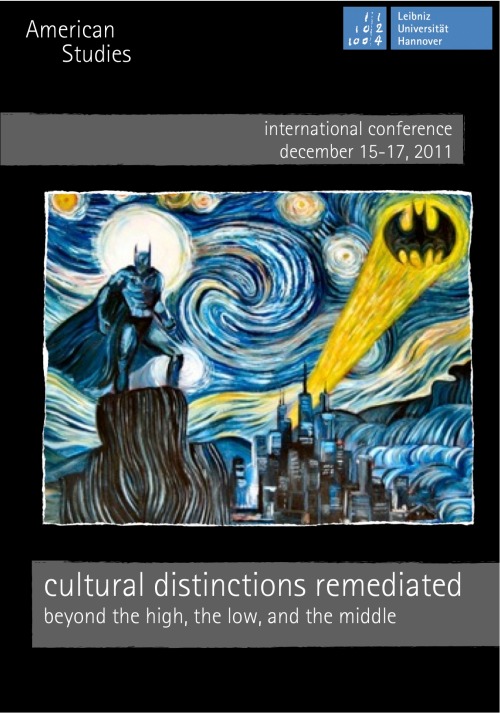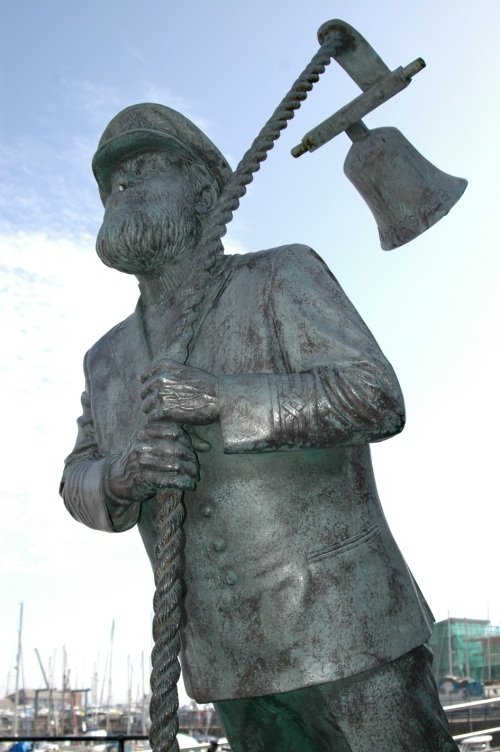Abstract for Christina Meyer’s talk at “Cultural Distinctions Remediated: Beyond the High, the Low, and the Middle” (Leibniz University of Hannover, 15-17 December 2011):
Popular Visions of War, Gender, and Nation in [High]-Art-Advertising-Comics: Reading Nell Brinkley’s Newspaper Romance Serials
Christina Meyer (American Studies, Osnabrück)
This paper will engage with the female newspaper illustrator, artist, and writer Nell Brinkley (1886-1944). It will focus on her graphic serials, asking how they locate themselves in the discourse of gendered mass culture and how, while drawing on conventions of sentimental fiction and the conventionalized cliffhanger continuity of nineteenth-century serialized narratives, they defy the ideology of feminine domesticity mediated, for example, in the visual language of the well-known and popular Gibson Girl illustrations by Charles Dana Gibson.
Looking at Nell Brinkley’s serialized First World War saga “Golden-Eyes and Her Hero, Bill” (1918-1919) and situating it within the wider socio-historical context, this paper seeks to trace the intersections of the following discourses: patriotism, female identity, and representation in the battles over standards of taste in art and advertising and modern nation swirling around Brinkley’s popular success. It will further be argued that these and Brinkley’s other pages exemplify the cross-infiltrations of cultural forms (e.g. vaudeville, film, advertisement, poster art); in the debate about women’s social and political roles that took place across a range of media, Brinkley’s romance serials interact with, negotiate, and re-mediate, the widely disseminated images of (at times allegorical) female figures of the era. An analysis of Brinkley’s “serial queen heroines” (Lambert, 2009: 6) reveals not only the changing attitudes about the roles available to women during the 1910s and 1920s; it also allows for new insights into the interconnection between sentimental themes, commercial success and the economic context of (cultural) consumption in the first two decades of the twentieth century.






